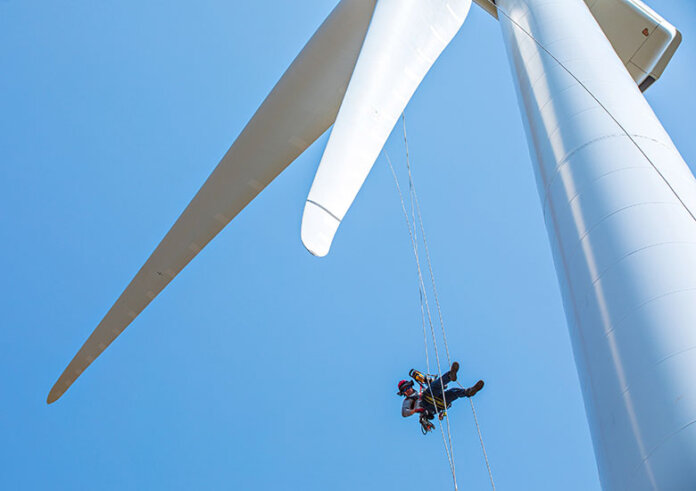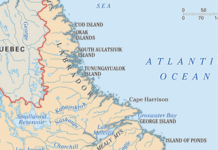
To meet U.S. goals of a 100% carbon-free electric grid by 2035, the wind energy workforce must keep pace with industry growth. This means closing its workforce gap. Now, two new reports from the National Renewable Energy Laboratory (NREL) explore the reasons behind the wind energy workforce gap and suggest solutions for closing it.
In the survey, employers cited a lack of appropriate experience, education and training, and enough applicants as reasons they cannot find qualified applicants for positions. Students and recent graduates identified difficulties in getting relevant work experience and technical training as well as finding employment opportunities near where they live or want to live.
The gap, identified in a 2019 NREL study, refers to the trouble the industry has with hiring qualified workers, while, at the same time, qualified workers have trouble finding wind industry jobs. That disconnect among industry employers, the workforce and educational institutions results in wind energy employers being unable to fill entry-level jobs and students or recent graduates struggling to land these positions.
In one report, Defining the Wind Energy Workforce Gap, researchers documented the continued challenges faced by the industry, the potential workforce, and energy-related educational institutions and training programs. The team surveyed the wind energy industry as well as current students and recent graduates from U.S. educational institutions to better understand how people move into and through their wind energy careers.
For the following report, Defining Wind Energy Experience, the same researchers conducted a thorough analysis of data on job requirements to gather valuable insights into company practices, job seekers’ difficulty in finding relevant entry-level positions and the variety of career pathways for select occupations in the wind energy industry.
“If we are going to meet our targeted wind energy goals, there needs to be a workforce to support the industry,” says Jeremy Stefek, an NREL researcher and coauthor of both reports. “We explored reasons for the wind energy workforce gap and found that experience, geography, and hands-on training all played key roles.”
Researchers chose three occupations to review – environmental scientist, power systems engineer, and welder – which are all crucial to growing the wind energy industry and in high demand.
“We reviewed job postings to understand the availability of internships and entry-level positions,” Stefek adds. “Then, we examined company websites to determine if they offered specific opportunities for internships or other early-career positions. Finally, we identified individuals from these or similar companies who were employed in the occupation and evaluated their education and work experience to highlight similarities and differences that might give us some insight into the future wind energy workforce.”
These three occupations represent uniquely different sectors of the industry and provided examples that the team could use to suggest practices that can help connect the wind energy industry with its potential workforce. That includes providing on-the-job work experience through internship programs and assistant roles – positions more likely held by power systems engineers than environmental scientists or welders. It involves developing internship and graduate-focused programs for power systems engineers and environmental scientists. It helps using clear, consistent language across the industry in job post labels, such as “entry-level” or “junior,” to make it easier for potential job applicants to identify suitable positions. They offer a central location (e.g., an industrywide job portal) for applicants to submit resumes and track their application status.
It includes collaborating with academic institutions to incorporate relevant coursework into their curricula to build candidates’ knowledge, given that, for example, one of the most frequently listed requirements in job postings for environmental scientists is experience with the National Environmental Policy Act and other environmental laws, regulations, and policies, making this knowledge important for the potential workforce to acquire. They also consider factors that affect worker retention, given that, for example, power systems engineers and welders have a higher position turnover rate than environmental scientists.
“Worker retention is an important consideration for employers,” Stefek continues. “Like any industry, once we get workers, we need to keep them. For example, welders can work in multiple sectors, using their skills and certifications to transition into and beyond wind energy.”
Applying these research findings can improve the connection between the wind energy industry and its potential workforce, helping the nation succeed in transitioning to a low-cost clean energy future.



